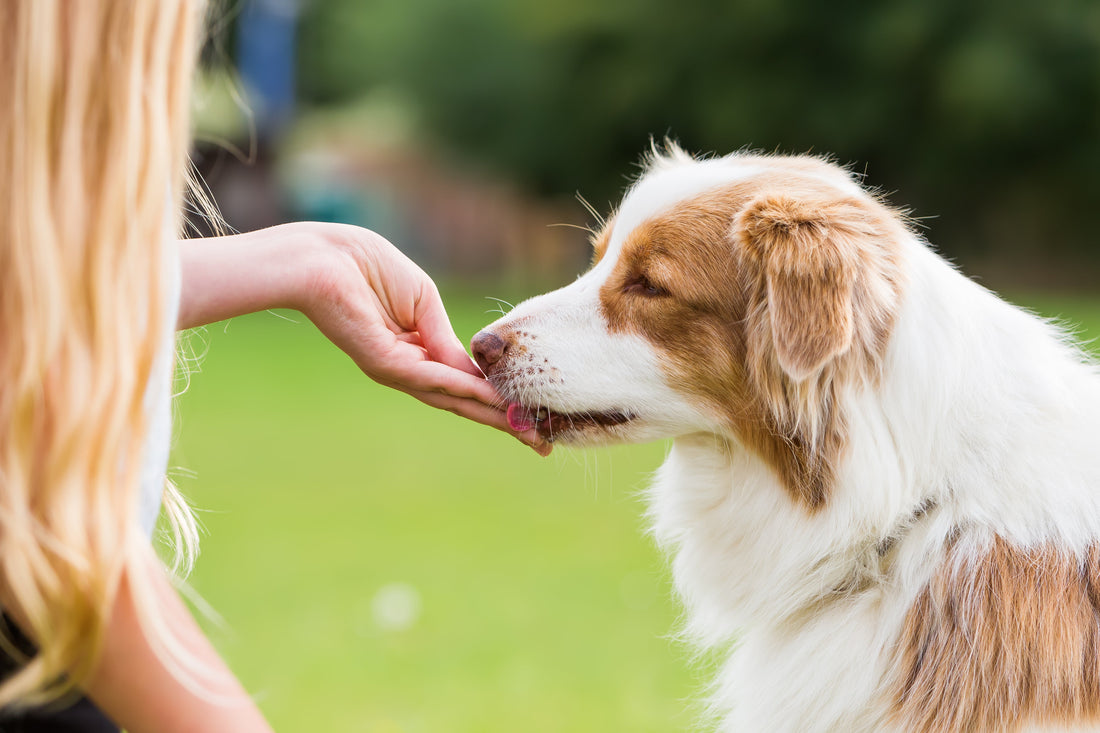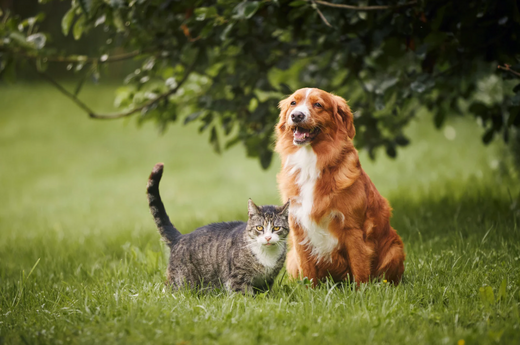Understanding how different types of attention affect your pet's behaviour is crucial for fostering a healthy and happy relationship. Positive and negative attention can shape your pet's actions in significant ways. This blog will explore the impact of both types of attention and provide strategies to encourage good behaviour.
What is Positive Attention?
Positive attention involves reinforcing good behaviour through praise, treats, or affection. This type of attention helps pets understand desirable behaviours and encourages them to repeat those actions.
Examples of Positive Attention
- Verbal Praise: Compliment your pet cheerfully when they follow commands or exhibit good behaviour.
- Treats: Reward your pet with a small treat for actions like sitting on command or using the litter box.
- Physical Affection: Petting, cuddling, or playing with your pet as a reward for good behaviour.
Positive attention not only reinforces desired actions but also strengthens the bond between you and your pet.
What is Negative Attention?
Negative attention occurs when you respond to undesirable behaviour in ways that might unintentionally reinforce it. This can include yelling, scolding, or giving any form of attention to a pet when they misbehave.
Examples of Negative Attention
- Yelling: Raising your voice when your pet does something wrong, which can create anxiety and confusion.
- Scolding: Reprimanding your pet harshly, which may not clearly communicate what they did wrong.
- Chasing: Trying to catch your pet when they have something they shouldn't, which can be perceived as a game.
Negative attention can sometimes reinforce bad behaviour because pets may seek attention, even if it's negative.
Impact of Positive Attention on Behaviour
Encourages Good Behaviour
Positive attention makes pets feel appreciated and understood. When pets receive rewards for good behaviour, they are more likely to repeat those actions. This method of reinforcement builds a positive association with good behaviour, making it a reliable way to train pets.
Strengthens Bond
Positive interactions create trust and strengthen the bond between you and your pet. Regularly rewarding your pet with affection, treats, and praise makes them feel secure and loved, which can improve their overall happiness and behaviour.
Impact of Negative Attention on Behaviour
Creates Anxiety
Negative attention can cause stress and anxiety in pets. When pets are yelled at or scolded, they may not understand why they are being punished, leading to fear and confusion. This can negatively impact their overall behaviour and wellbeing.
Reinforces Bad Behaviour
Pets often seek attention from their owners. If negative behaviour consistently gets them attention, they may continue to act out. For instance, if a dog barks and is scolded but perceives it as attention, they might keep barking to receive that interaction.
Strategies for Effective Behaviour Management
Focus on Positive Reinforcement
Prioritise rewarding your pet for good behaviour. Use treats, praise, and affection to reinforce actions you want to encourage. Positive reinforcement is a powerful tool for shaping desirable behaviour.
Ignore Minor Misbehaviour
Ignoring minor misbehaviour can be an effective strategy. Pets often seek attention, and if undesirable actions don't result in attention, they are less likely to repeat them. This teaches pets that only good behaviour will earn them the attention they crave.
Use Clear Commands and Signals
Ensure your pet understands what you expect from them. Use clear commands and consistent signals to communicate. Training sessions should be short, positive, and consistent to help your pet learn effectively.
Provide Adequate Exercise and Mental Stimulation
Many behavioural issues stem from boredom or excess energy. Ensure your pet gets enough physical exercise and mental stimulation. Interactive toys, regular walks, and playtime can help reduce negative behaviours by keeping your pet engaged and happy.
Seek Professional Help if Needed
If you're struggling with managing your pet's behaviour, consider seeking help from a professional trainer or behaviourist. They can provide tailored advice and strategies to address specific issues effectively.
Understanding the difference between positive and negative attention is essential for fostering good behaviour in pets. By focusing on positive reinforcement and minimising negative interactions, you can create a happier, healthier environment for your furry friend.




